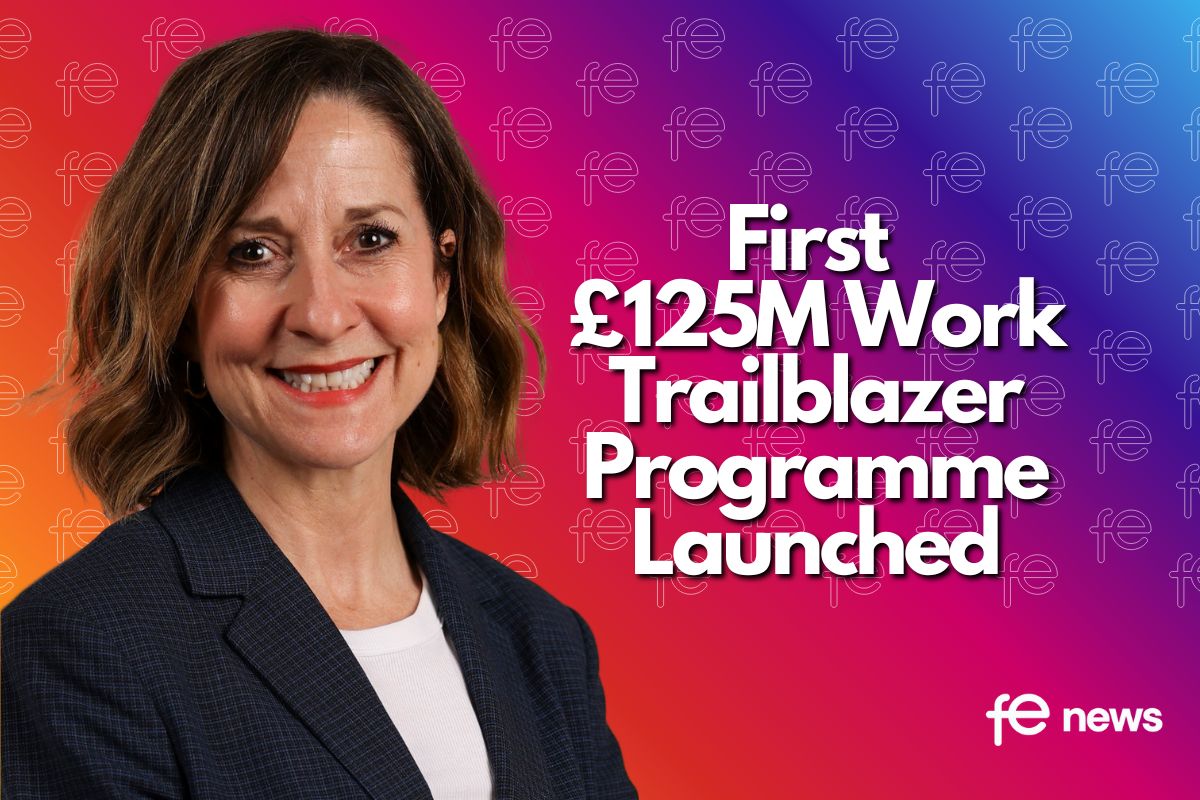3 Years in – Is the Apprenticeship Levy still working?

Has the apprenticeship levy been a success?
This week I wanted to talk about the ever-controversial Apprenticeship Levy. Has the scheme been a success? Anyone familiar with the levy is likely to have a preconceived answer; it’s difficult to find anyone saying anything good about the scheme. But are these notions correct?
The Apprenticeship Levy was introduced in 2017 to create long term sustainable funding for apprenticeships and to give employers more control to provide their staff with a range of training opportunities. It was projected to raise £2.675 billion in its first year of operation.
The levy means there is more money available than ever before for apprenticeship training and allows employers to choose which apprenticeships they offer, how many and when. By 2019-20 the funding available for investment in apprenticeships in England had risen to over £2.5 billion, double what was spent in 2010-11 in cash terms.
Since it was introduced the levy has directly supported almost 313,000 people to start their apprenticeship journey. The levy aims to fund three million new apprenticeships in England by 2020 to and improve the UK’s poor productivity record. But employers warn the target looks unlikely to be met.
The good
It would be fair to say that the general consensus is that the levy has some serious problems. But there have been a handful of prominent success stories, such as Cambridge University Press. The firm set up 80 apprenticeships since the scheme was introduced, allowing them to attract a more diverse range of talent and resulting in the rating the experience as “fantastic.”
BT, for example, tripled annual apprentice recruitment between 2016/17 and 2017/18, from 350 to 1,100 apprentices. Ann Potterton, BT’s head of apprenticeships, says there are several advantages to taking on young blood. “We get ambitious, driven, positive, enthusiastic people who value the opportunity. They pay that back in many different ways.”
The bad
However, for every success story to be found, there are 10 articles and companies decrying the levy, labelling it a “tax on large employers” and attributing the massive decrease in apprenticeship starts to its effects. Vast sums are still going unspent – some 45% of employers reported not having spent any of the money they paid in which is automatically returned to the Exchequer after two years.
Lack of spending is fuelled by a lack of understanding of the scheme among employers – 27% of companies are unclear about how apprenticeships could benefit them. In particular, companies don’t understand that levy funds can be used to upskill their existing workforce.
The ugly
Negative perceptions of the levy have been fuelled in part by reports of “fake apprenticeships” which are said to account for 50% of starts. Examples of controversial offerings include levy-funded MBAs for senior executives, apprenticeships in bar and checkout work, apprenticeships in football and rugby, and a “nuclear scientist and nuclear engineer” apprenticeship leading to a bachelor’s degree.
While some firms are spending on MBAs and others not spending a penny of their allocations, smaller firms have reported being told that no funds remained. Considering our ever-widening skills gap, it’s little surprise that the range of apprenticeships on offer – especially at the executive level – leaves a bad taste in the mouths of providers and small employers who are struggling to access funding.
Approaches to apprenticeships across Europe
EU research has examined different approaches to apprenticeships across Europe. The most successful apprenticeship systems, as measured by employer and industry participation and prestige of the qualifications gained are generally the so-called Group A apprenticeship systems.
These systems are characterised by clearly-structured programs which aim to provide apprentices with all of the skills they need to perform a specific trade or occupation. With recognised standards which deliver qualifications exclusive to the apprenticeship system, these systems aim to eliminate competition between apprenticeships and other qualifications.
Their clear identity, relevance to labour market needs and transparency can increase the perceived value of apprenticeship qualifications across the economy and among national and sector-level partners. Increased participation at all levels results in a situation in which the skills system becomes dependent on apprenticeships, creating what the EU researchers called a “virtuous circle whereby companies need to train to ensure skill supply”.
While each approach has its positive aspects, the levy’s weaknesses and criticisms by employers point toward a move to “Group A” as the right approach for our apprenticeship system.
How to fix the UK’s apprenticeship system
While the levy has largely failed to support these aims to date, the UK is making some positive moves towards reforming the apprenticeship system. Increases in the number of Trailblazer Apprenticeships have been broadly welcomed by industry and could go a long way toward establishing a clear identity for apprenticeships with all the associated benefits.
Early concerns surrounding T Levels have been dismissed by industry figures, and the Department for Education’s review into controversial levy-funded MBAs is “ongoing”. Meanwhile, the government has committed £10 million to develop the digital apprenticeship service, which is expected to begin working with small and medium employers starting 1 November.
For providers and employers who have spent the last several years banging their heads against the wall with the levy, there is sure to be some lingering scepticism. However, there are some good reasons to be positive, and the outcome of the new developments for your company will depend on your readiness and understanding of the new rules.
Benn Carson, Carson Recruitment
If you’re looking for advice about apprenticeships, the levy, or any of the upcoming changes, I’m always available to consult; just connect with me on LinkedIn.











Responses